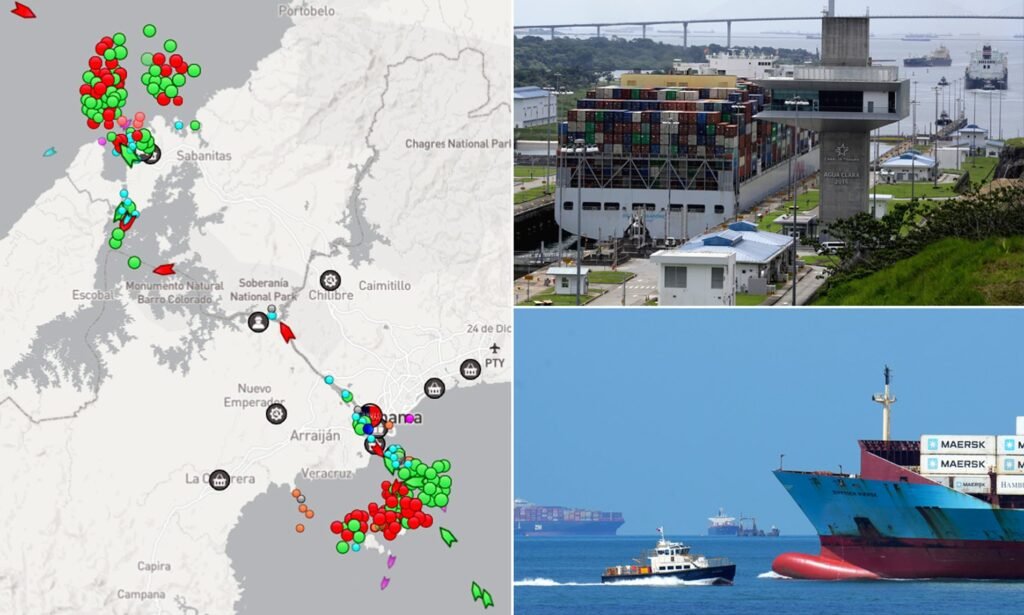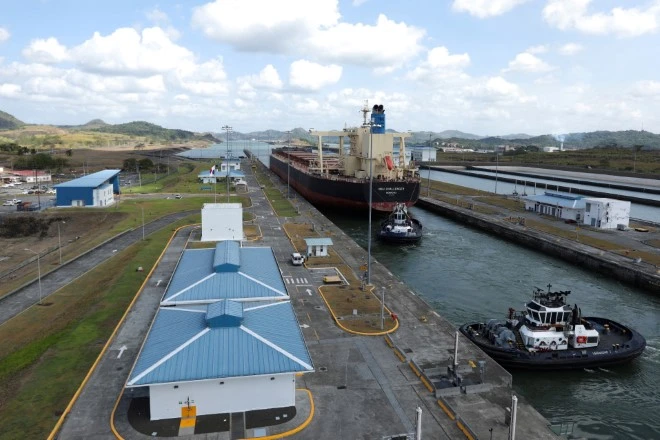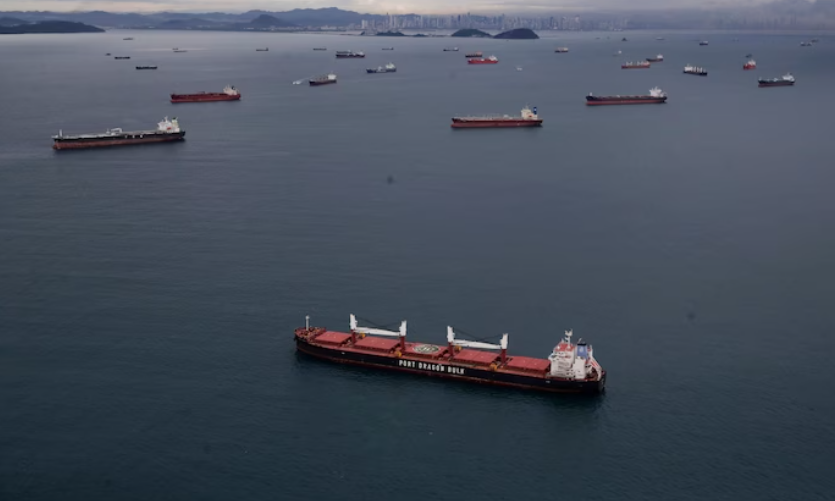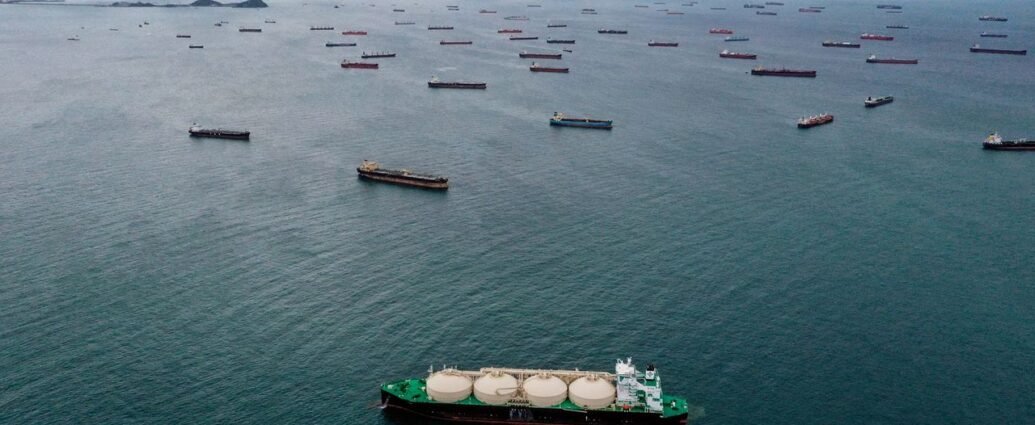The Panama Canal is experiencing a severe nautical crisis as water levels decrease due to El Nio and climate change, leading to congestion and negative impacts on global trade and the shipping industry.
A large group of ships is currently trapped in a major traffic jam at the Panama Canal, and it may take several weeks for the situation to improve. More than 200 ships are currently delayed in the famous man-made canal due to the worst drought it has faced in 100 years.

The canal, which is 50 miles long, depends on rainwater for its water supply. When there is not enough rain, the canal authorities need to limit the number of boats using it in order to save water. Additionally, the boats that are permitted to use it during these times are required to pay higher fees.
The maximum number of ships allowed to pass through the Panama Canal each day is currently limited to 32, which is lower than the previous average of around 36. This decrease in traffic is due to insufficient water levels in the canal, which requires over 50 million gallons of water daily to operate at its maximum capacity.

As the drought worsened last month, canal administrator Ricaurte Vásquez Morales said during a press event that traffic restrictions may remain in place until the end of the year and added that it will cost the canal an estimated $200 million in lost revenue.

Currently, there is a wait of around 20 days to enter the Panama Canal from both the Atlantic and Pacific sides. This has caused some shipping companies to look for different routes, while others are paying high additional fees that will ultimately increase the cost of the goods they are transporting. The situation at the canal is very complicated, and it will only get worse with climate change causing more severe droughts.
Reference- Wall Street Journal, New Atlas, Tribune India, Futurism, WION, CNBC






